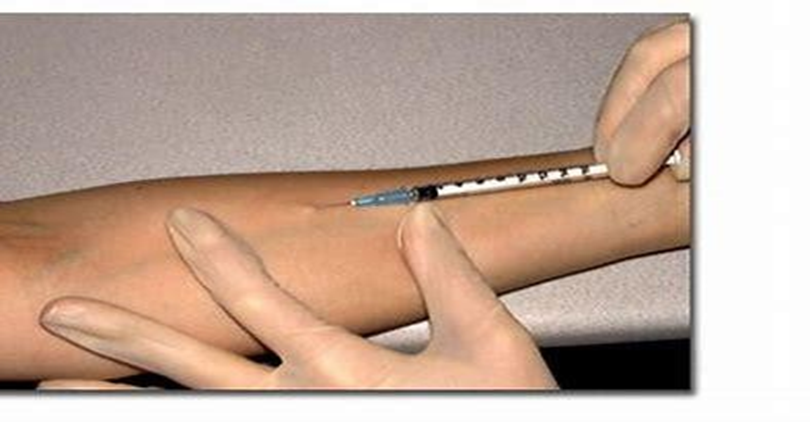A nurse in a provider's office is assisting in the care of a client.
Which of the following instructions should the nurse include when reinforcing teaching to the client about their medication? Select all that apply.
Remove the patch if you experience a headache.
Lie down with feet elevated if dizziness occurs while taking this medication.
The medication will be effective 30 to 45 min following application
Apply the patch daily to a hairless area of the skin.
Remove the patch 12 to 14 hr following application.
Place the patch on the same area every day.
Correct Answer : A,B,C,D,E
A. Headache is a common side effect of nitroglycerin, and if it becomes severe or persistent, the client should remove the patch and seek medical advice.
B. Nitroglycerin can cause dizziness or lightheadedness, especially when changing positions. If the client experiences dizziness, lying down with feet elevated can help alleviate symptoms and prevent falls.
C. Nitroglycerin patches typically take about 30 to 45 minutes to begin working after application. This information helps the client understand the expected onset of action of the medication.
D. Nitroglycerin patches should be applied to a clean, hairless area of the skin, usually on the chest or upper arm, to ensure optimal absorption of the medication.
E. Nitroglycerin patches are typically worn for 12 to 14 hours at a time and then removed for a nitrate- free period to prevent tolerance. Following this schedule helps maintain the effectiveness of the medication.
F. To prevent skin irritation or tolerance to the medication, it is recommended to rotate the application site of the nitroglycerin patch with each new patch. This helps ensure consistent absorption and effectiveness of the medication.
Nursing Test Bank
Naxlex Comprehensive Predictor Exams
Related Questions
Correct Answer is A
Explanation
A. Hydrochlorothiazide can cause electrolyte imbalances, particularly hypokalemia (low potassium levels), hyponatremia (low sodium levels), and hypomagnesemia (low magnesium levels). Monitoring serum electrolyte levels, including potassium, sodium, and magnesium, is essential to detect and manage any abnormalities that may occur as a result of hydrochlorothiazide therapy.
B. Thyroid levels are not typically affected by hydrochlorothiazide therapy. Therefore, monitoring thyroid levels is not necessary in clients taking hydrochlorothiazide for hypertension.
C. Hydrochlorothiazide is not known to affect coagulation studies such as prothrombin time (PT), activated partial thromboplastin time (aPTT), or international normalized ratio (INR).
D. Hydrochlorothiazide is not typically associated with significant hematologic effects that would necessitate routine monitoring of the complete blood count. Therefore, monitoring CBC is not routinely indicated for clients taking hydrochlorothiazide for hypertension.
Correct Answer is A
Explanation
A. When administering a TST, the nurse should select an injection site that is free of scar tissue and areas with excessive hair, veins, or visible lesions. The preferred site for TST administration is the volar aspect of the forearm, approximately 2-4 inches below the elbow.
B. After administering the TST, the nurse should not massage or manipulate the injection site. Massaging the site can cause irritation or spread the solution, leading to inaccurate results.
C. he TST is administered intradermally, typically with a 27-gauge needle. The needle should be inserted with the bevel facing upward at a 5-15-degree angle.
D. The standard dose of tuberculin solution (e.g., purified protein derivative, PPD) for a TST is 0.1 mL containing 5 tuberculin units (TU).

Whether you are a student looking to ace your exams or a practicing nurse seeking to enhance your expertise , our nursing education contents will empower you with the confidence and competence to make a difference in the lives of patients and become a respected leader in the healthcare field.
Visit Naxlex, invest in your future and unlock endless possibilities with our unparalleled nursing education contents today
Report Wrong Answer on the Current Question
Do you disagree with the answer? If yes, what is your expected answer? Explain.
Kindly be descriptive with the issue you are facing.
